elemintalshop
Effigy of the Republic 50 Centavos Portugal Authentic Coin Money for Jewelry and Craft Making (Phrygian Cap) (Liberty Cap)
Effigy of the Republic 50 Centavos Portugal Authentic Coin Money for Jewelry and Craft Making (Phrygian Cap) (Liberty Cap)
Couldn't load pickup availability
Effigy of the Republic 50 Centavos Portugal Authentic Coin Money for Jewelry and Craft Making (Phrygian Cap) (Liberty Cap)
Obverse: Efígie da República facing right with the country name and date above around the rim
Lettering: REPUBLICA PORTUGUESA -
Translation: Portuguese Republic
Reverse: Coat of Arms of Portugal: Five small shields, each with five bezants (coins) on it, surrounded by seven castles, all this on one larger shield, all of that in front of an Armillary Sphere (circle with lines through it)
Lettering: 50 * CENTAVOS *
Features
Issuer Portugal
Period Second Republic (1926-1974)
Type Standard circulation coin
Years 1927-1968
Value 50 Centavos (0.5 PTE)
Currency Escudo (1911-2001)
Composition Copper-nickel
Weight 4.62 g
Diameter 23 mm
Thickness 1.53 mm
Shape Round
Orientation Medal alignment ↑↑
Demonetized 02-28-2002
Number N# 991
References KM# 577
Wikipedia:
The Portuguese Efígie da República is represented as a young woman wearing the phrygian cap, probably modeled after Marianne, the French personification of Liberty, familiar from Eugène Delacroix' Liberty Leading the People (1830). As a national distinction, the Portuguese Republic is represented wearing green and red clothes.
The Efígie da República was adopted as a Portuguese State official symbol after the 5 October 1910 revolution, when the Republic substituted the Monarchy in Portugal. Before that, it was used as a political symbol by the Portuguese republicans. Later, the sculpture of Simões de Almeida, representing the Busto da República (Bust of the Republic), became the standard for official use. A reproduction of the Bust of the Republic had to be present, in prominence, in all public buildings and was also present, as an effigy, in the escudo coins. It was considered by the new republican regime as a national symbol of Portugal, like the national coat of arms or the national flag.
Although the original intention was for the Efígie da República to become considered as the personification of the own Portuguese Nation, it never gained popularity in that role. Usually it remains seen only as the personification of the republican regimen, and not as a national symbol. While frequently used in the first half of the 20th century, its use today is rare.
******
Wikipedia:
Coat of Arms of Portugal
At center, five escutcheon shields, forming a cross. On each shield are five round bezants (coins).
These five shields are arrayed in their cross on a larger shield. They are surrounded by seven golden, triple-towered castles.
Behind the shield, is an armillary sphere (which looks like a circle crossed by lines).
Present and past elements of the Coat of Arms of Portugal:
Quinas
Quina (plural quinas) is the Portuguese term for a group of five things.
After the official recognition of the Kingdom of Portugal as an independent country in 1143 (it had been self declared as so in 1139), silver bezants were added to the blue cross of the shield, symbolising coins and the right of the monarch to issue currency, as leader of a sovereign state. Eventually, and given the enormous dynamism of medieval heraldry, it is believed that the shield degraded and lost some elements in battle, eventually losing the cross format. This is how King Sancho I inherited the shield from his father, Afonso Henriques, with the cross replaced by escutcheons with the silver bezants. A traditional legend explains that these escutcheons represent the five moor kings defeated by King Afonso I of Portugal in the battle of Ourique.
The number of silver bezants in each escutcheon varied extensively, with versions having represented from four up to eleven. In the late 14th century however, the number of bezants was fixed in five. Late explanations interpret them as the five wounds of Jesus Christ and/or the thirty pieces of silver (with the five bezants in the middle escutcheon counted twice), although this is highly improbable.
From the fixation of the number of bezants in five, the groups of the five escutcheons, each with five bezants of the Portuguese shield became popularly referred as quinas. By synecdoche, the term "Quinas" came to be used as an alternative designation of the coat of arms of Portugal and came even be used as a reference to anything that represents Portugal (e.g. the Flag of Portugal being often referred as the "Flag of the Quinas").
Castles
It was during the reign of Afonso III that the red bordure with golden castles (not towers, as some sources state) was added. Although the number of castles could vary between eight and twelve, Afonso IV would define them as twelve, and Sebastian I would finally fix them as seven. They supposedly represent the Moorish castles conquered by the Kingdom of Portugal during the Reconquista. Their origin is probably Castilian, but unlike Spanish castles, which usually have their gates coloured blue (hence opened), Portuguese castles were usually depicted with gold gates (hence closed). As a matter of fact, Afonso III was the second son of King Afonso II of Portugal and thus was not expected to inherit the throne, which was destined to go to his elder brother King Sancho II of Portugal. As a second son, the coat of arms of Afonso III included both the arms of his father and the arms of his mother Urraca of Castile, thus the Castillan red border with golden castillan castles, around the Portuguese shield inherited from his father.
Armillary sphere
An important element of Portuguese heraldry since the 15th century, the armillary sphere was many times used in Portuguese naval and colonial flags, mainly in Brazil. It was a navigation instrument used to calculate distances and represents the importance of Portugal during the Age of Discovery, as well as the vastness of its colonial empire when the First Republic was implemented.
Although it is commonly regarded as a "republican" element, as opposed to the monarchist crown in the blue/white flag (see Flag of Portugal), its usage predates the republic by several centuries; it was the personal emblem of Manuel I. Some flags of the monarchic era, such as the flag of the United Kingdom of Portugal, Brazil and the Algarves, already depicted armillary spheres. The incorporation of the armillary sphere into the 1816 flag of the United Kingdom of Portugal, Brazil and Algarves is related to the adoption of the first flag of the Kingdom of Brazil, an armillary sphere on a blue background.
Crowns
The coat of arms sported different crowns during imperial rule of Portuguese and foreign crowns.
Share
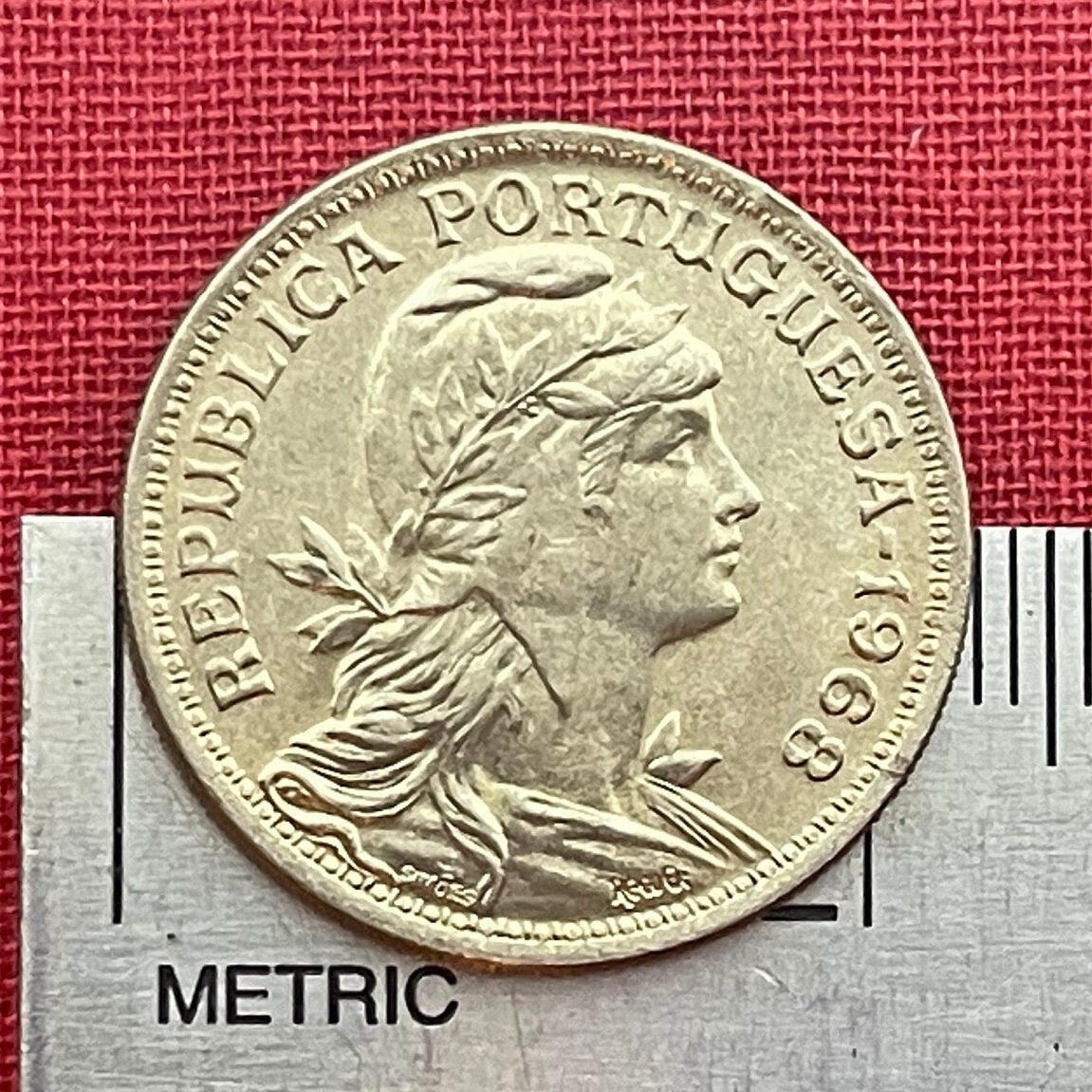
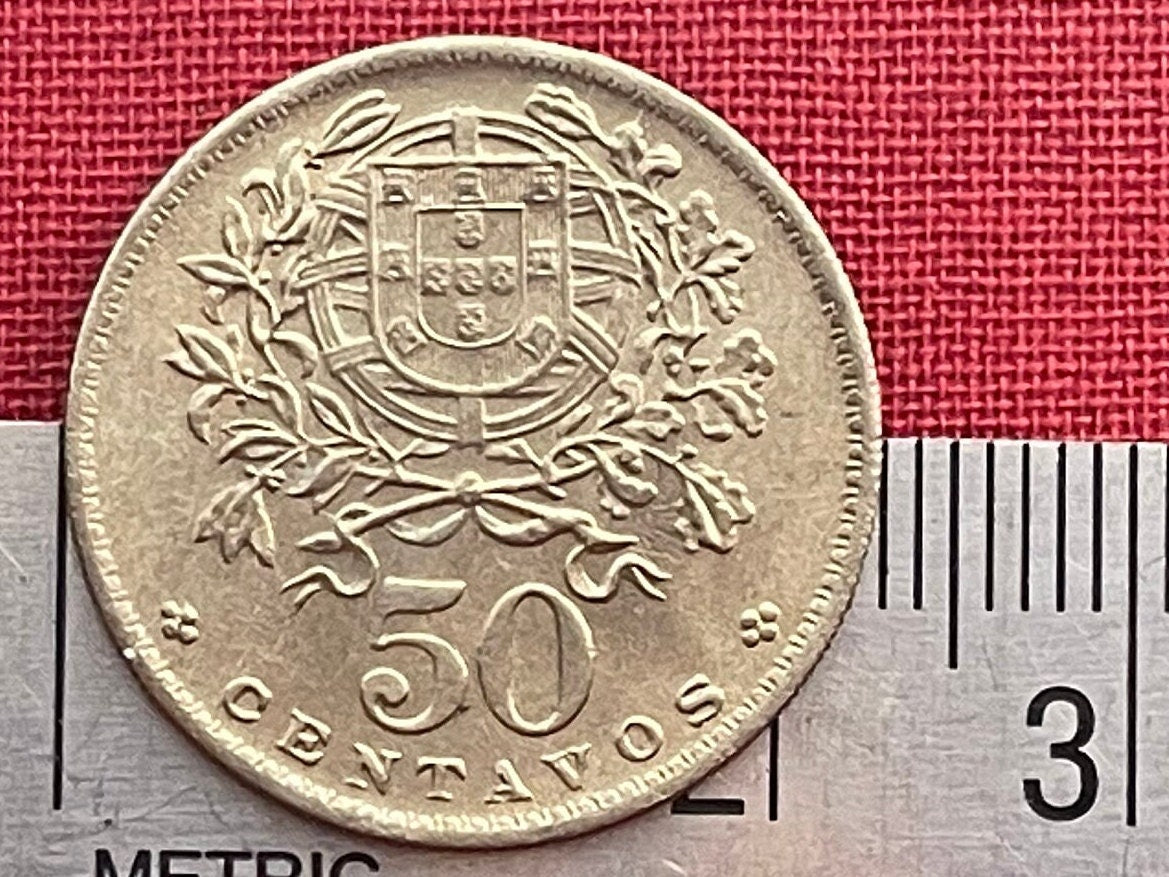
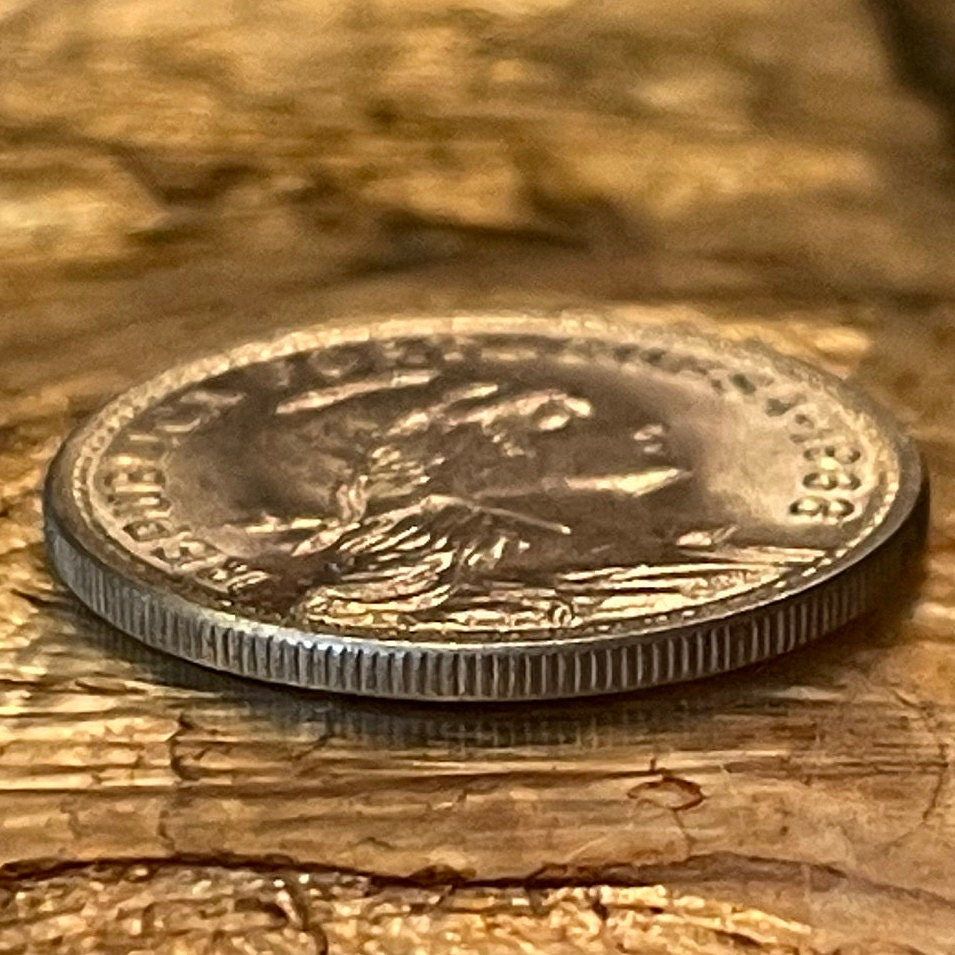
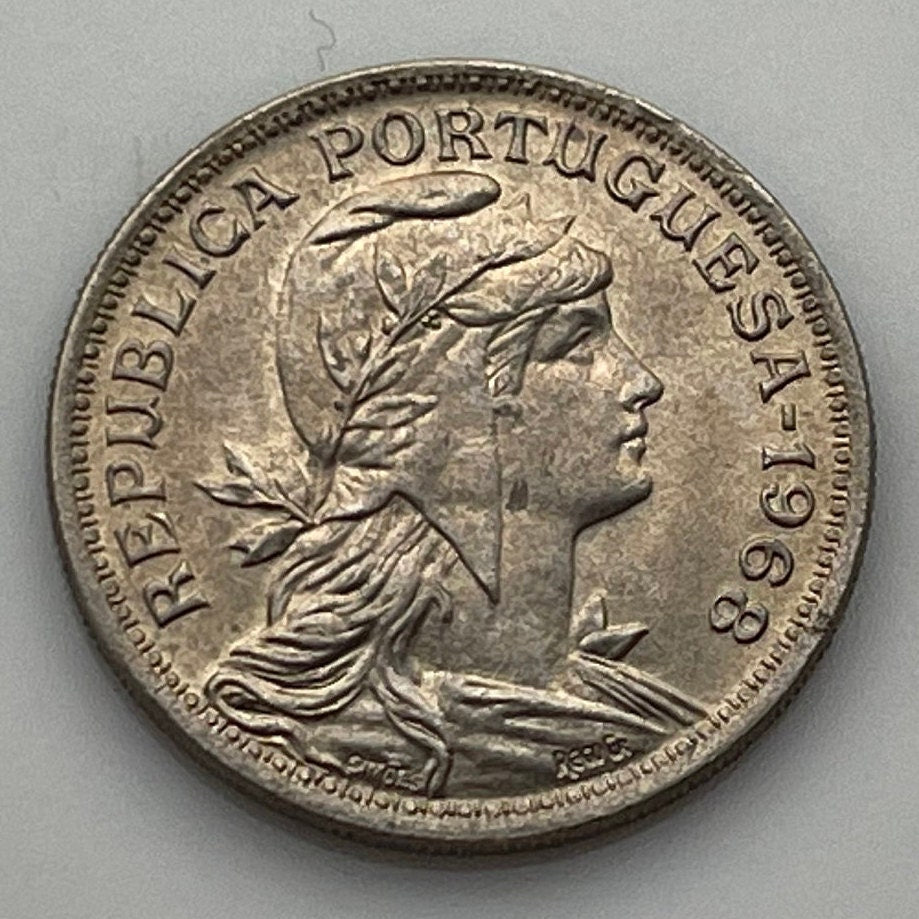
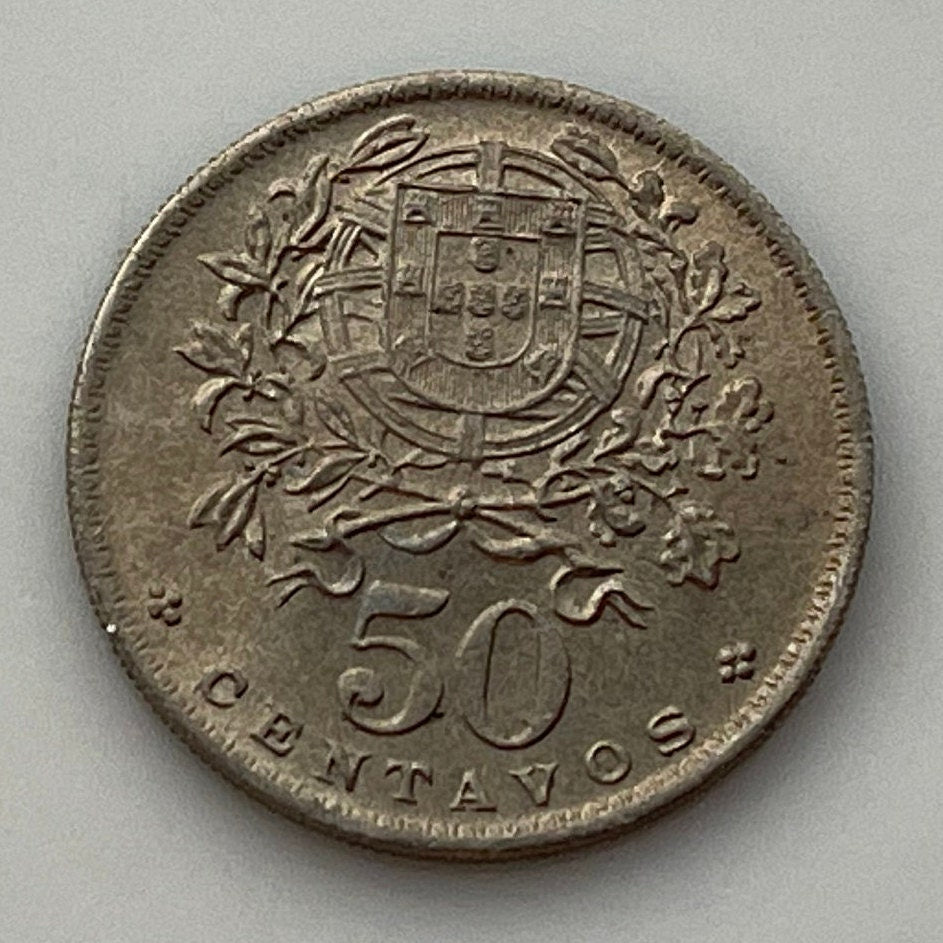
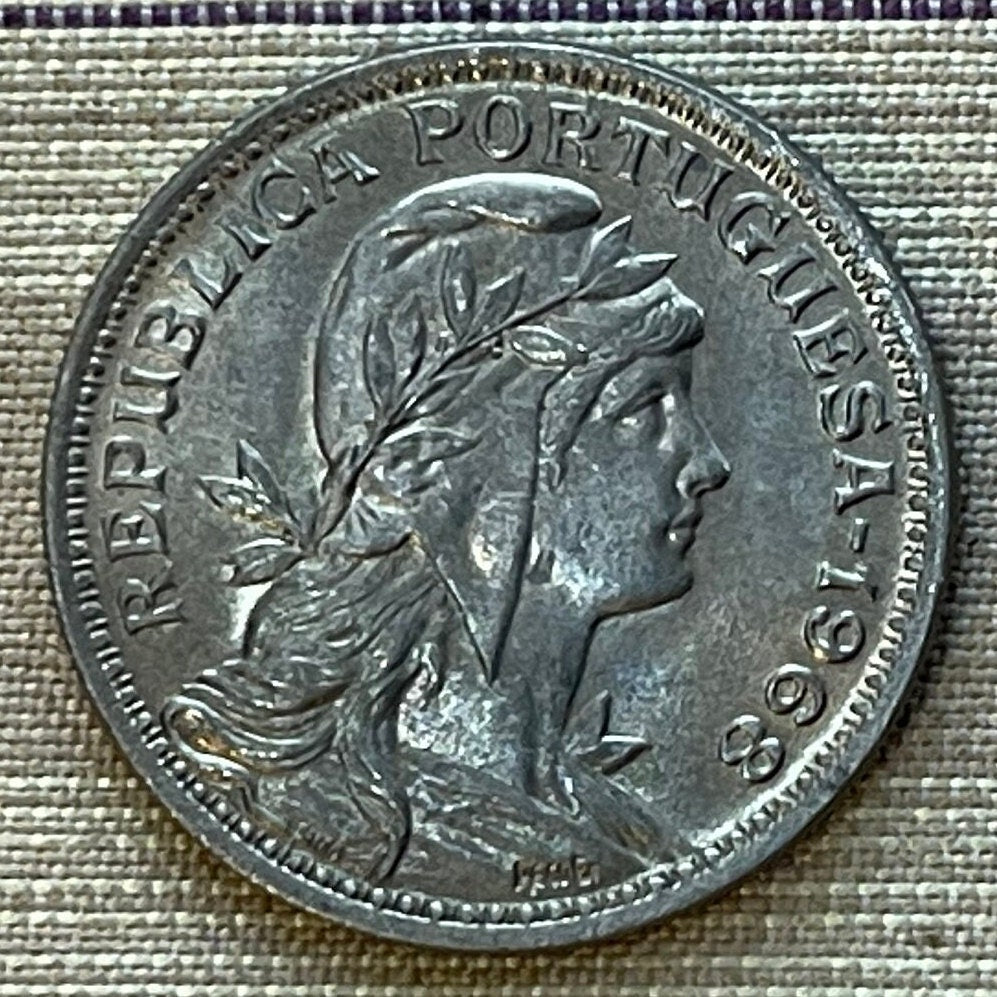
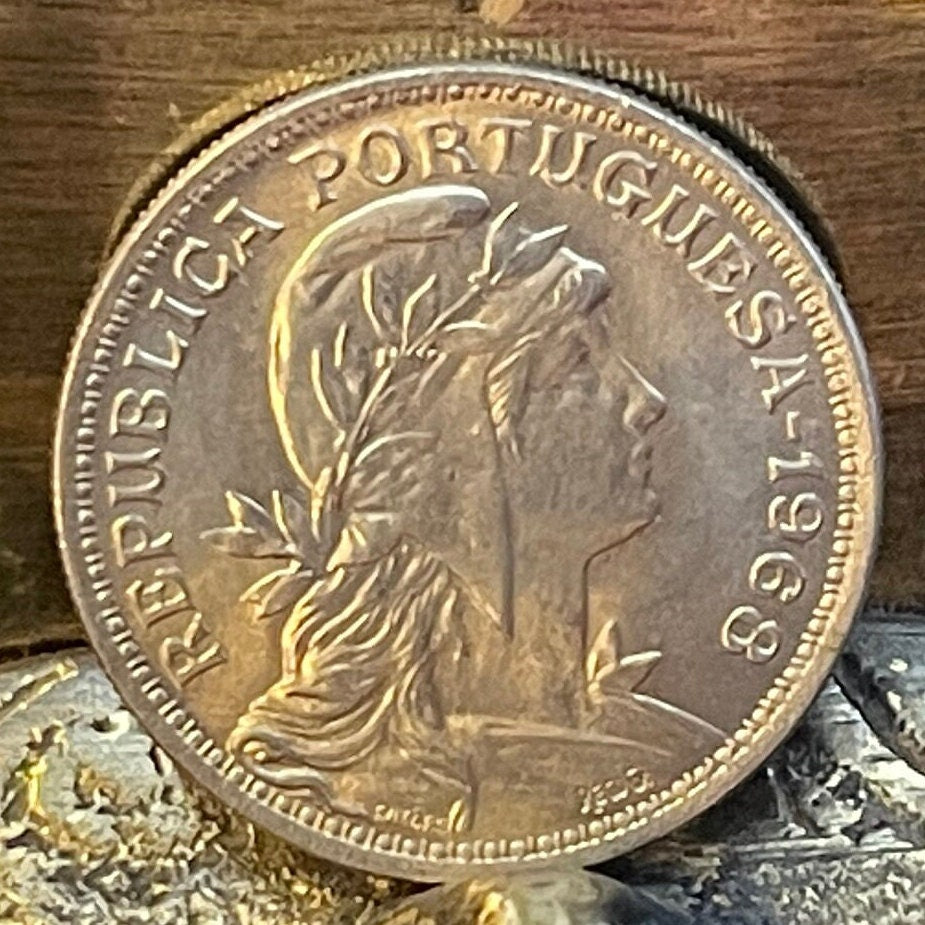
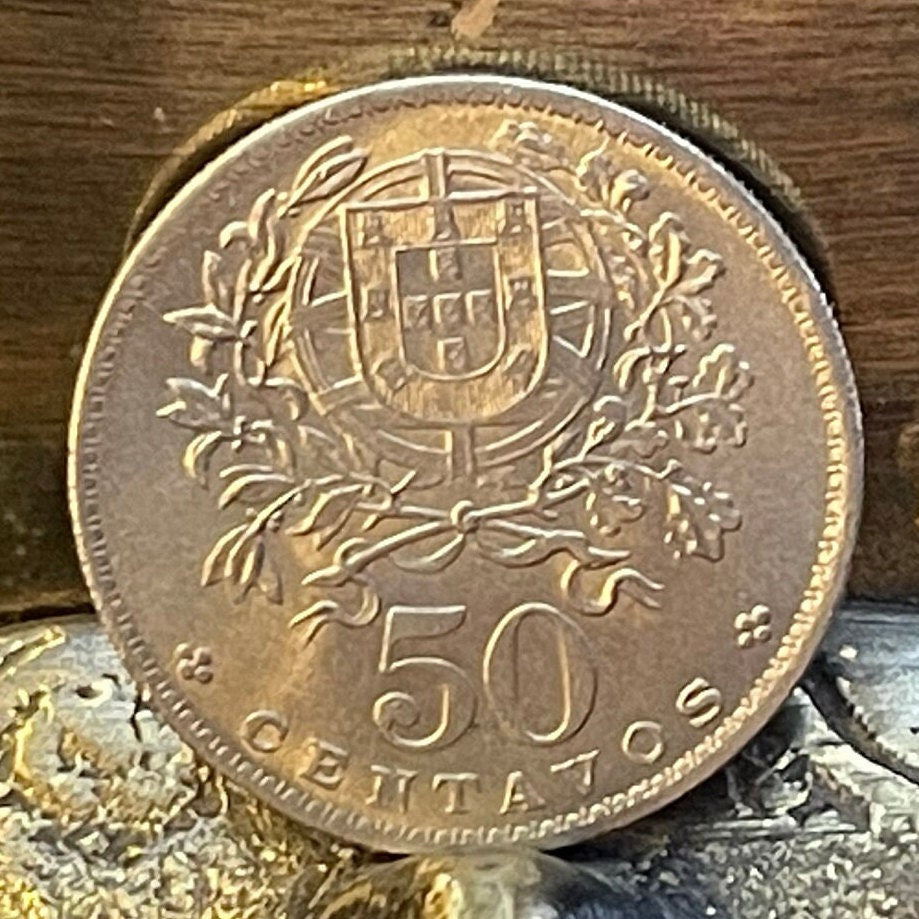
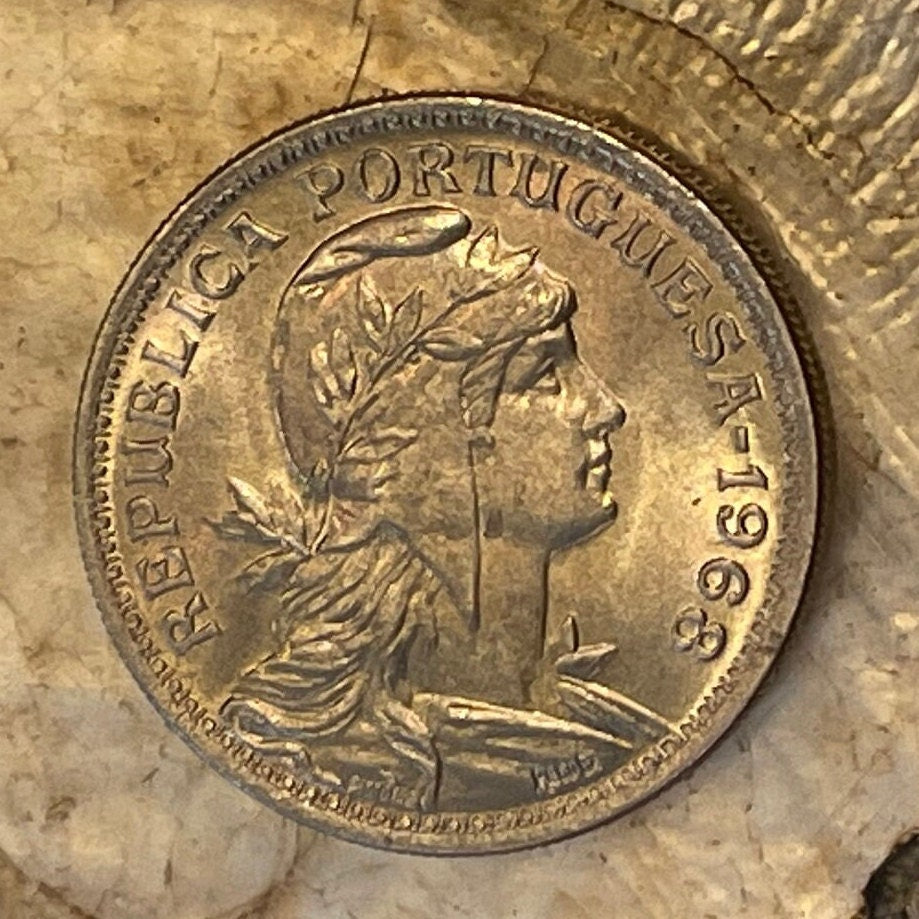
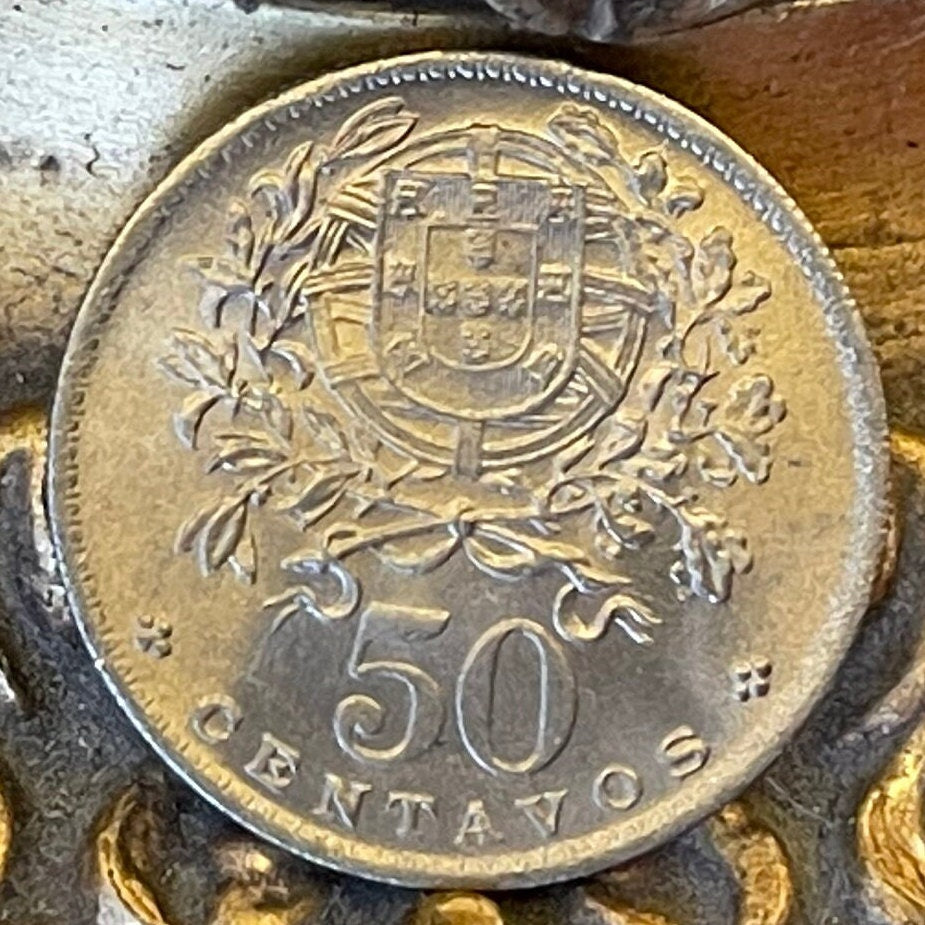
This shop is one of my 'go - to' shps. I trust them and know that they will do their best to not only meet my expectations, but also in many cases, exceed them. Thank you.









